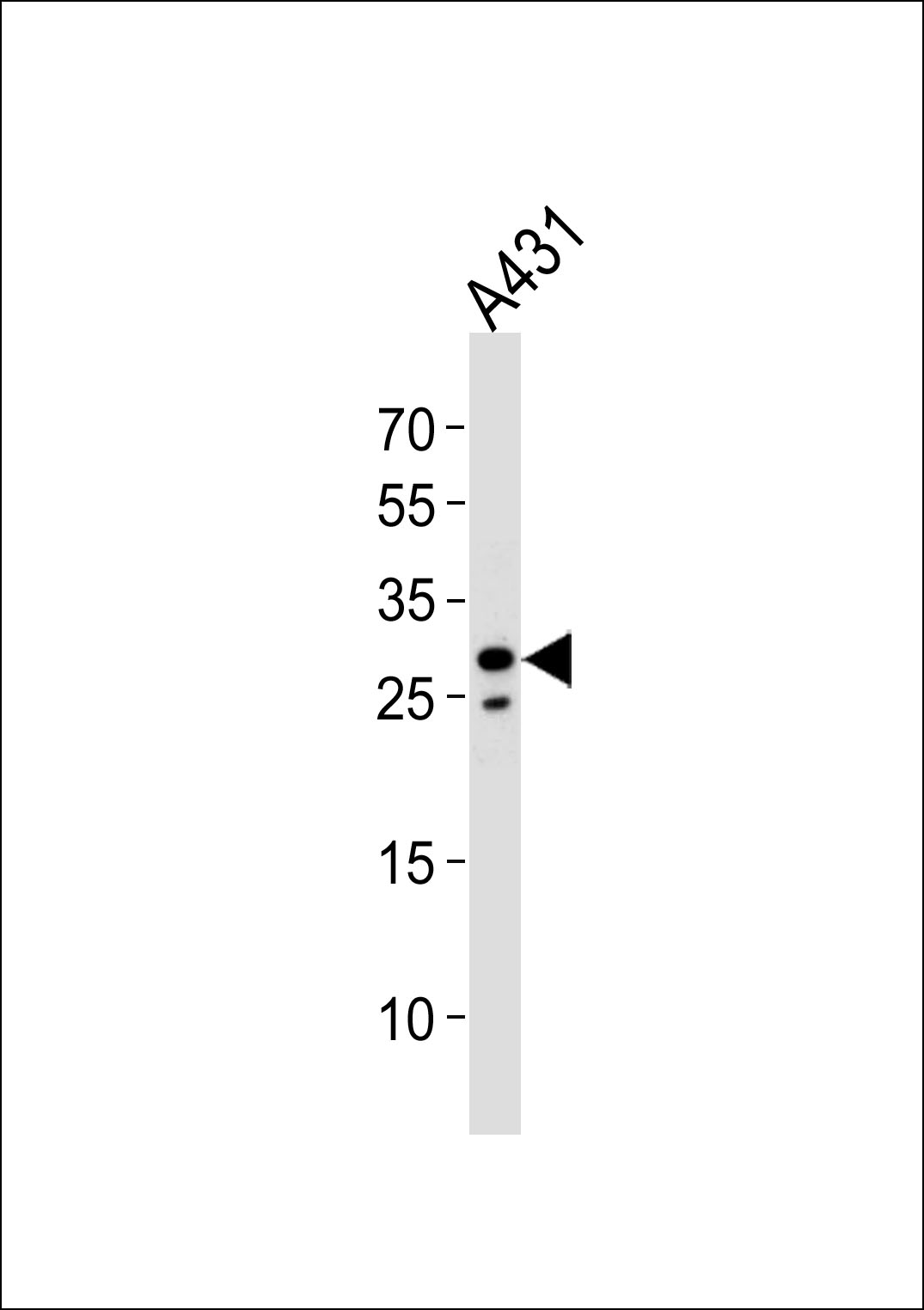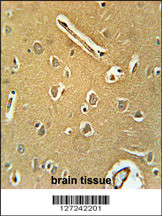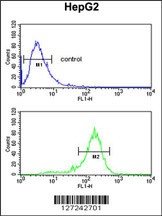Rabbit anti-RNF208 Polyclonal Antibody(Center)描述别名宿主特异性反应种属应用分子量类型同种型储存/保存方法存储溶液研究领域UniProt参考文献
| 概述 | |
| 描述 |
Peptide Affinity Purified Rabbit Polyclonal Antibody (Pab)
|
| 别名 |
RNF208抗体;RING finger protein 208; RNF208
|
| 宿主 |
Rabbit
|
| 特异性 |
This RNF208 antibody is generated from rabbits immunized with a KLH conjugated synthetic peptide between 86-115 amino acids from the Central region of human RNF208.
|
| 反应种属 |
Human
|
| 应用 |
WB~~1:1000
IHC-P~~1:50~100 FC~~1:10~50 |
| 分子量 |
Predicted molecular weight: 28kD
Disclaimer note: The observed molecular weight of the protein may vary from the listed predicted molecular weight due to post translational modifications, post translation cleavages, relative charges, and other experimental factors. |
| 性能 | |
| 类型 |
Polyclonal Antibody
|
| 同种型 |
Rabbit Ig
|
| 储存/保存方法 |
Maintain refrigerated at 2-8°C for up to 2 weeks. For long time storage store at -20°C in small aliquots to prevent freeze-thaw cycles.
|
| 存储溶液 |
Purified polyclonal antibody supplied in PBS with 0.09% (W/V) sodium azide. This antibody is purified through a protein A column, followed by peptide affinity purification.
|
| 研究领域 |
Cell Biology
|
| 靶标 | |
| UniProt |
Q9H0X6
|
| 参考文献 | |
| 参考文献 |
Simpson, J.C., et al. EMBO Rep. 1(3):287-292(2000)
|
实验结果图

Western blot analysis of lysate from A431 cell line, using RNF208 Antibody (Center)(Cat. #JP110386). JP110386 was diluted at 1:1000 at each lane. A goat anti-rabbit IgG H&L(HRP) at 1:5000 dilution was used as the secondary antibody. Lysate at 35ug per lane.

RNF208 Antibody (Center) (Cat. #JP110386) immunohistochemistry analysis in formalin fixed and paraffin embedded human brain tissue followed by peroxidase conjugation of the secondary antibody and DAB staining. This data demonstrates the use of the RNF208 Antibody (Center) for immunohistochemistry. Clinical relevance has not been evaluated.

RNF208 Antibody (Center) (Cat. #JP110386) flow cytometric analysis of HepG2 cells (bottom histogram) compared to a negative control cell (top histogram).FITC-conjugated goat-anti-rabbit secondary antibodies were used for the analysis.
